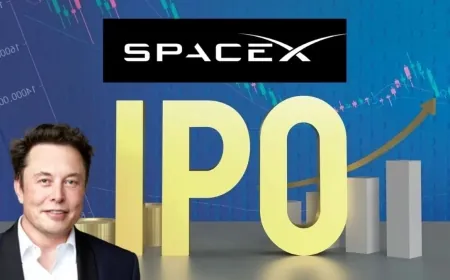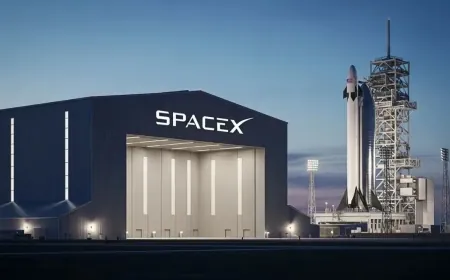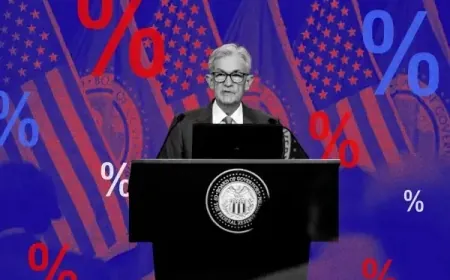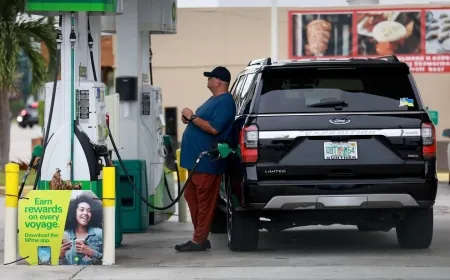Crude Oil Gains as Trump-Putin Alaska Summit Approaches
WTI crude and RBOB gasoline climb as U.S. shale slows, OPEC+ adds output, and tanker stocks fall ahead of Trump-Putin summit.

Crude oil prices surged Thursday as traders positioned ahead of the Trump-Putin summit in Alaska, scheduled for Friday. September WTI crude (CLU25) gained $1.07, or 1.71%, while September RBOB gasoline (RBU25) rose $0.0377, or 1.82%, reflecting short-covering and anticipation of potential supply disruptions.
President Trump warned that the U.S. may impose new tariffs on countries importing Russian oil if President Putin does not agree to a ceasefire in Ukraine. This has heightened concerns that reduced Russian exports could tighten global oil supply, driving price increases in the short term.
Earlier this week, crude prices fell to a two-month low after bearish reports from the U.S. Energy Information Administration (EIA) and the International Energy Agency (IEA), which projected increasing global oil surpluses for 2025 and 2026.
IEA and EIA Project Global Oil Surplus of 2–3 Million bpd by 2026
The IEA recently forecasted a record global oil surplus of 2.96 million barrels per day (bpd) in 2026, citing slow demand growth and rising production in multiple regions. Meanwhile, the EIA revised its 2025 surplus forecast upward to 1.7 million bpd, compared with an earlier estimate of 1.1 million bpd, and projects a 1.5 million bpd surplus in 2026.
Despite these oversupply projections, traders are closely monitoring Trump’s summit with Putin, as any change in U.S. tariffs or sanctions could immediately affect Russian crude exports and short-term oil prices.
U.S. Shale Output Falls as Rig Count Hits 3.75-Year Low
In the United States, the EIA projects crude production will decline to 13.28 million bpd in 2026, marking the first annual drop since 2021. The slowdown is largely due to lower crude prices and reduced drilling plans by shale operators.
The number of active rigs recently dropped to 410, a 3.75-year low, reflecting weaker drilling activity. Baker Hughes data indicated a slight increase to 411 rigs for the week ending August 8, still far below the 627 rigs counted in December 2022.
OPEC+ Adds 547,000 bpd, 1.66 Million bpd Still Offline
OPEC+ remains a key driver of global oil markets. On August 2, the alliance approved a 547,000 bpd production increase effective September 1, gradually reversing the two-year production cut. Total production is expected to rise by 2.2 million bpd by September 2026, though 1.66 million bpd of supply remains offline until late 2026.
Analysts note that while output increases may add to supply, physical stock levels and tanker inventories indicate tighter short-term supply, supporting prices.
Tanker Stocks Drop 5%, Indicating Tight Short-Term Supply
According to Vortexa, crude oil stored on tankers that have been stationary for at least seven days fell 5% week-over-week to 80.52 million barrels. This decline suggests short-term supply is tightening, adding support to crude prices despite forecasts of global surpluses.
EIA Report: Crude Up, Distillates Down, Gasoline Steady
The EIA weekly report for August 8 revealed a mixed picture:
-
Crude inventories rose 3.04 million barrels, reaching a two-month high, yet remained 5.1% below the five-year seasonal average.
-
Gasoline stocks edged 0.25% above the five-year seasonal average, while distillates were 15.45% below average.
-
U.S. production rose 0.3% year-over-year to 13.327 million bpd, slightly below the December 2024 record of 13.631 million bpd.
These figures highlight a tight domestic market, even amid modest increases in supply.
Alaska Summit May Affect Russian Oil Exports and Prices
Traders are closely watching Friday’s Alaska summit, as decisions on tariffs or sanctions may affect Russian oil exports immediately. Analysts emphasize that while forecasts point to a moderate global surplus in 2026, short-term factors such as U.S. production cuts, declining tanker inventories, and OPEC+ adjustments provide near-term price support.
-
Jane Robertson, senior energy analyst at Energy Insights Group, commented: “The market is currently pricing in potential disruption of Russian exports, but sustained price gains will depend on actual policy outcomes.”
-
David Lin, oil market strategist at Global Commodities Advisory, added: “U.S. shale production is slowing, and OPEC+ is restoring output gradually. Prices may spike in the short term due to geopolitical events, but fundamentals suggest limits on long-term gains.”
Oil Prices Surge on Summit, U.S. Production, and Tanker Inventory Data
Crude oil markets are navigating a delicate balance between short-term geopolitical risks and medium-term supply forecasts. Thursday’s rally reflects both traders’ anticipation of summit outcomes and tightening physical supply indicators.
While analysts forecast global surplus pressures in 2026, near-term volatility is likely to remain high due to:
-
Potential U.S. tariffs or sanctions on Russian exports
-
Slower U.S. shale production and lower active rig counts
-
OPEC+ output adjustments and remaining offline supply
-
Declining crude tanker inventories, suggesting tighter immediate availability
Also Read: Oil Prices Rise as U.S.–China Extend Tariff Truce; Traders Watch Trump–Putin Talks
































































